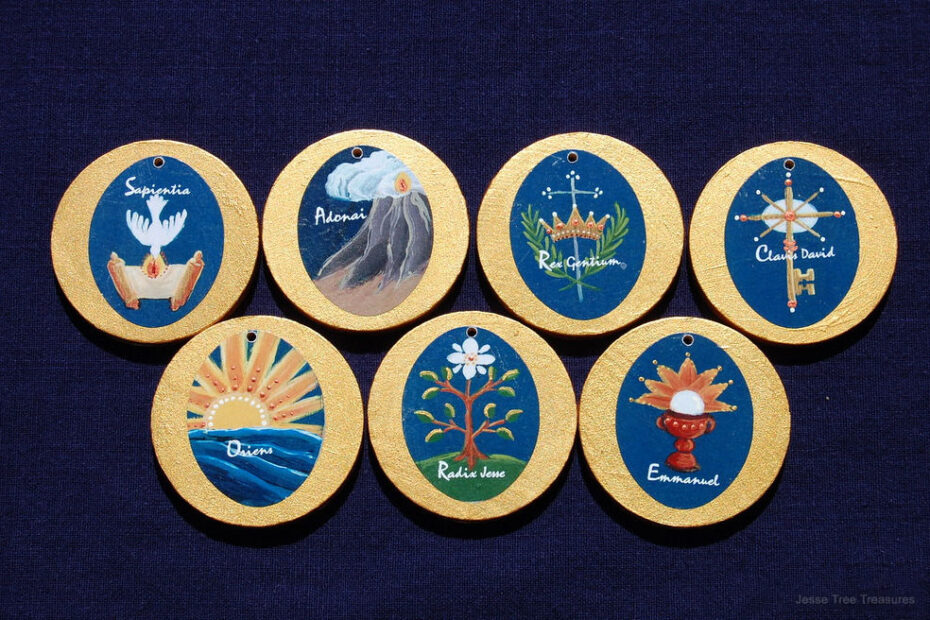By Judie Brown
I don’t know about you, but every time we arrive at the week before Christmas and begin reading or singing the O Antiphons, I am left with two thoughts. The first is: I love these short prayers, but the second is, why now? This year I decided to do some research and find out.
My childhood recollection is that we used to have a prayer as part of the Mass each day called the antiphon. During the Communion prayers prior to the reception of the Eucharist, we said a Communion Antiphon. It could also be said during the time when parishioners were receiving the Body of Christ. That is according to the 1962 Saint Andrew’s Missal.
Today the praying or singing of the antiphons is not universal. Source and Summit states, “Over the past decade or two, thousands of Catholic churches in the English-speaking world have discovered the proper antiphons of the Mass and have begun singing them in parish liturgies, many for the first time. These antiphons, along with their Psalm verses, come almost entirely from scripture, are appointed by the Church to be sung as an integral part of the Catholic liturgy, and are set to music in hundreds of ancient Gregorian chants.”
The singing of these excerpts from the Psalms began in the eighth century. After Vatican II, “translating the Antiphons into English was not at the top of the pope’s priority list (no, seriously…). So, church musicians looked for an English alternative. The only readily available English alternative at the time were Protestant hymns. The tradition of singing hymns in the vernacular instead of the antiphons has continued to the present day.”
Today, “a remnant of the custom of repeating the antiphon after every psalm verse is found in the different endings of the psalm tunes. Sometimes one and sometimes another of the forty-seven typical antiphon melodies precedes any given psalm tune, according to the feast and the season.”
To bring this topic to a marvelous conclusion, seeing that we are drawing near to the birth of Christ, I quote from an author who loves the O Antiphons as much as we do:
The “O” Antiphons illustrate the fullness of time, depicted in a simple “O” and reflected perfectly in Mary, the Madonna of the “O.” All the antiphons reflect this eternity encompassing the past, present and future, the key moments of Salvation History. As I mentioned, I’m always finding some other richness to the “O” Antiphons to further my meditations, and yet there is always more. I look forward to these last days of Advent to “ponder these things” in my heart. These ancient antiphons are some of the crown jewels of our liturgy, and the echo of the longing through the ages seems to reverberate and repeat with all the faithful through all time, on heaven on earth, “O Come, Lord Jesus!” (Rev. 22:20).
We wait, we watch, and we prepare to sing glory to the newborn King!
